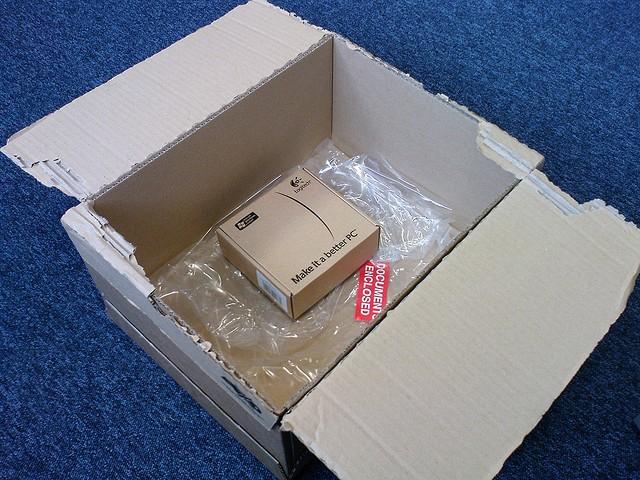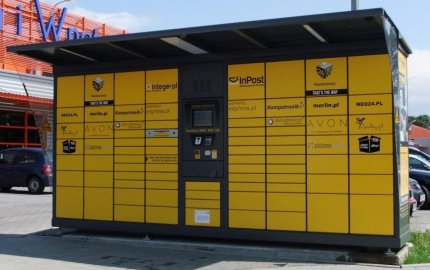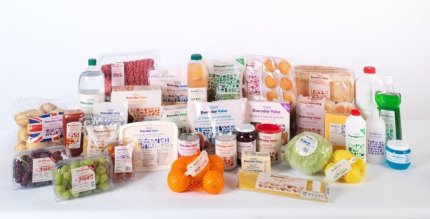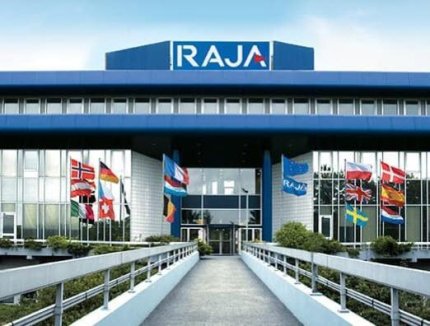Today is Particularly Preposterous Packaging Day. On this day, we celebrate some of the more silly and ludicrous packaging that has been delivered over the last 12 months.
Examples of preposterous packaging might include:
- Over-packaging; when small items such as batteries are delivered in containers suitable for larger items such as desktop computers. They usually require a lot of bubble wrap or loose fill to secure the contents
- Packaging with the wrong name on
- Needless packaging; when products are wrapped but don’t need to be
- Packaging with too much protection
- Packaging with unusual translations from different languages.
Bad packaging can be funny to some, but for businesses who receive or deliver items in packaging that is completely inappropriate, it can be a strain on costs and customer relationships.
We’ve taken a look at some of the most preposterous packaging that might affect the relationship you have with your customers, and some ways to prevent these from happening:
Excessive Packaging
One of the most popular examples of preposterous packaging is when items are delivered in a box or container that is far too big for the product inside.
Using excessive protective packaging (such as bubble wrap or loose fill) can often mean that a business is not being environmentally-responsible. There are different definitions of what exactly constitutes environmentally-friendly packaging, but one common theme across government and industry guidelines is that manufacturers should use no more than the minimum amount of packaging required to safely transport the goods inside.
Over-packaging can also be expensive for businesses, as using more materials than needed means spending more than is needed on packaging.
Ordering the right size box and correct amount of protection is easy, and there are simple tools available online that can help, such as Rajapack’s Box Selector.
Incorrect Branding
Effective packaging must properly convey what the box contains. In order for customers to trust a company they are buying from it is crucial that they get what they expected when they open and use the product.
Packaging is a great way of strengthening the brand and separating your product from the others on the shelf.
If the majority of the packaging you use is transit, this may not be a big issue for you. A lot of transit packaging is single colour (such as brown or white cardboard) with little in the way of description on it. Using materials such as custom packaging tape can help to strengthen your brand and customer communication.
Unnecessary packaging
A good example of unnecessary packaging is when items are packaged individually, when they could have been grouped together. Avoiding this mistake reassures customers that your business considers the environmental impact of packaging and helps save you money.
It may be the case that bananas stay fresher for longer if they are individually wrapped, but businesses must be mindful that customers are more aware of their responsibilities to the environment. This can play a large role in who they choose to do business with; blatant over-packaging like this can be harmful to a company’s green reputation.
Packaging that is not user friendly
As well as protecting and securing the contents, packaging has to be user friendly, such as having no jagged or sharp edges, and with clear labels or handling instructions (such as ‘this way up’).Packaging is also not user friendly if the customer has difficulty getting to the products inside. A great example of this is when scissors are packed in Blister packs which require scissors to open.
Customers want to buy from a company again if they are satisfied with both the product and the service they receive. Their experience of the product starts from the moment they receive the package, so it’s vital that they have a good experience when opening their product.
Packaging that makes sense
Particularly Preposterous Packaging Day started out as a light-hearted look at some of the more ill-conceived packaging that customers receive. On a serious note though, customers do take note of the quality of packaging they receive, and this can affect future buying decisions around who they do business with. Packaging effects the decision regarding repeat purchase.
At Rajapack, we offer expert advice to our customers on the correct type of packaging they use to make sure that their packaging is fit for purpose.
Fit for purpose might include factors such as the size of container, strength of material and environmental impact of the packaging among others.
Packaging that is fit for purpose will save money, time and the environment, which will result in happy employees as well as customers. If you have any great examples of Particularly Preposterous Packaging, drop them in the comments box below!























